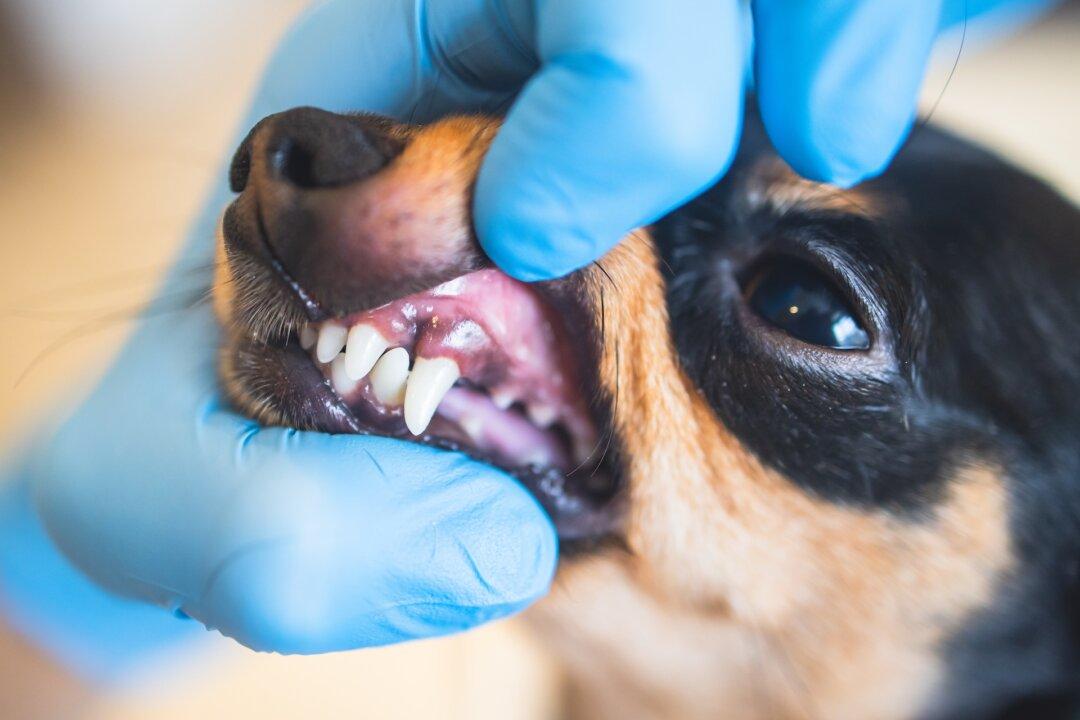Q: When our house caught fire, the firefighters rescued our cat, Jinx, so all of us were safe. They gave her oxygen using a child’s face mask and she recovered. They recommended we bathe her and take her to her veterinarian. She seems fine now, and the fire has given us a lot to do, so we’re wondering if it’s really necessary to follow their recommendations?
A: The firefighters gave you good advice. I assume you bathed Jinx immediately to remove toxic particulate matter from her fur so she doesn’t ingest it when she grooms.





